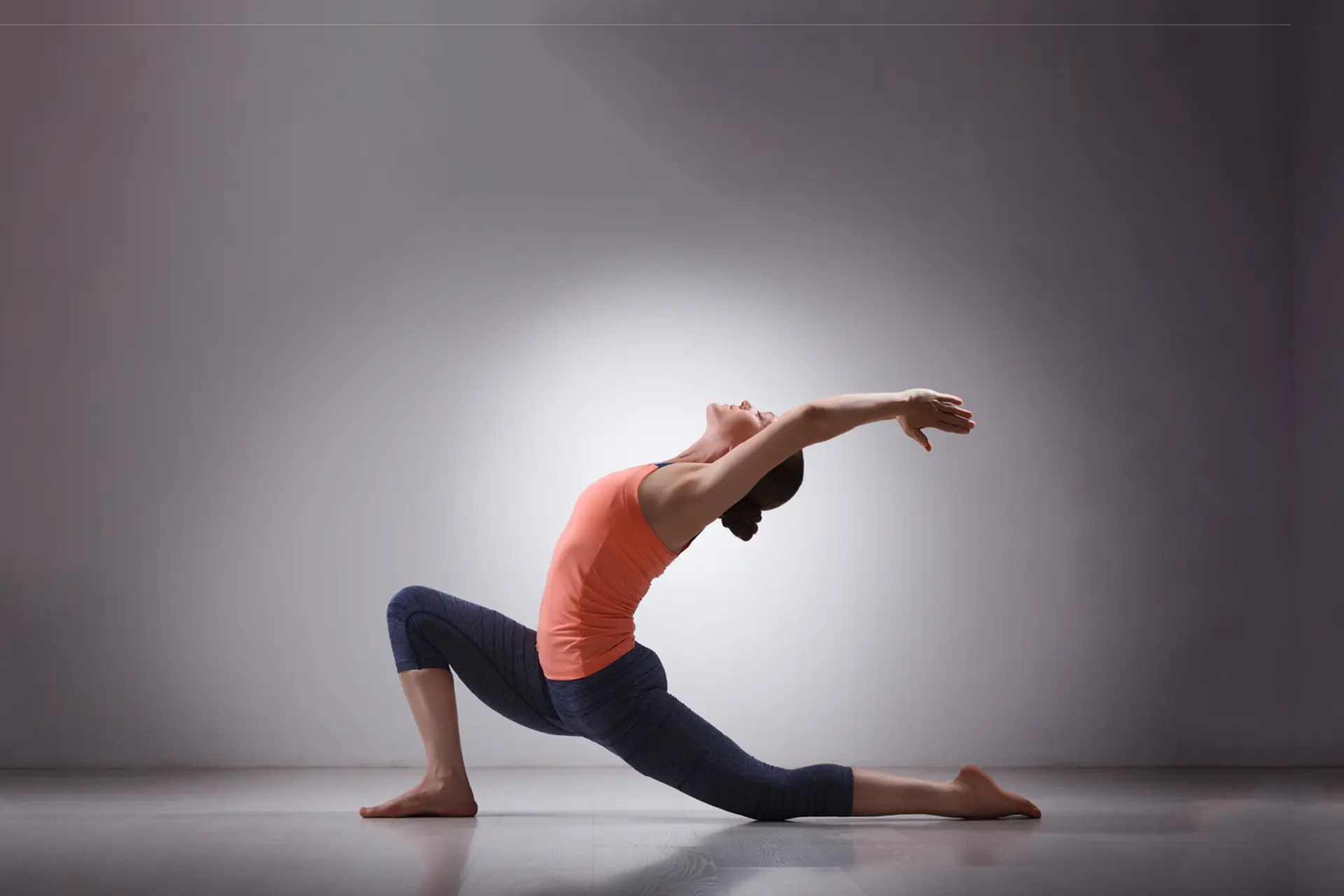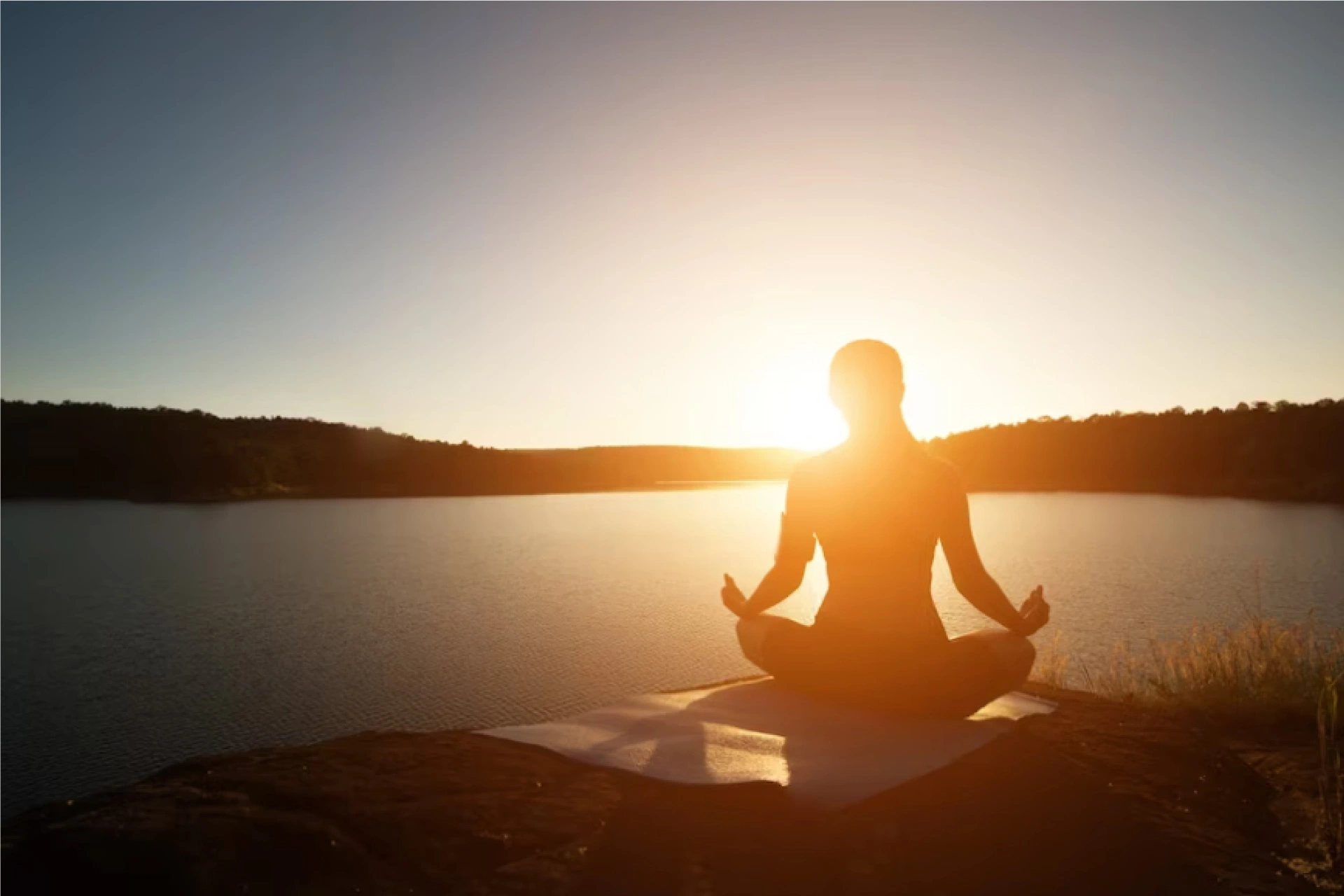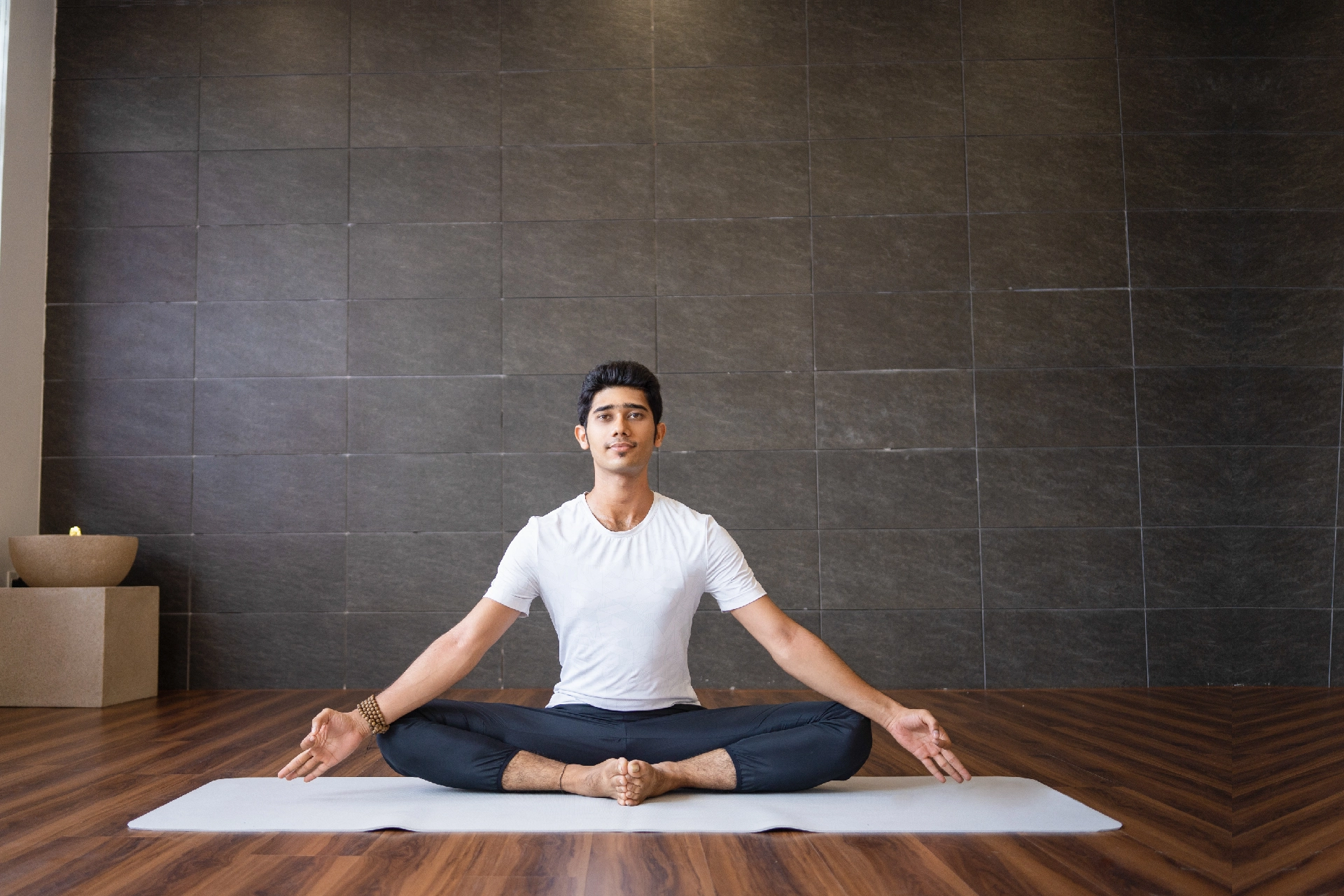Physiotherapist | 6 min read
Yoga for Gastric Problems: Top 8 Yoga Poses for Digestion
Medically reviewed by
Table of Content
Synopsis
While gastric problems can be troublesome, you can effectively manage them by adding certain yoga poses to your exercise routine. Find out what are the top yoga poses to prevent or manage gastritis.
Key Takeaways
- Common gastric problem symptoms include flatulence and heartburn
- Yoga can promote digestion and help in the fast release of gas
- Consult a doctor to understand which yoga poses are suitable for you
What Are Gastric Problems?
Gastric problems are quite common health issues that we experience in daily life. Also known as gastritis, they can be caused by inflammation, erosion or irritation in your stomach linings and are often accompanied by acidity. Several treatments are available to treat any gastric problem you face. However, doing yoga for gastric problems can be a comprehensive remedy, as it helps you manage gastric problem symptoms and play a key role in preventing them. Read on to learn about the reasons for gastric problems and top yoga poses for gastric problem treatment.
Usual Causes Of Gastric Problems
In most cases, the reasons for gastric problems are as follows:
- Reduction in the consumption of fiber
- Consuming a lower amount of roughage with your meals
- Higher intake of refined or processed food
- Sedentary lifestyle
- Increase in sugar consumption
Symptoms Of Gastric Problems
Common symptoms of gastric problems include the following:
- Nausea
- Reduced appetite
- Flatulence
- Bloating
- Heartburn
- Diarrhoea
- Constipation
- Rectal bleeding
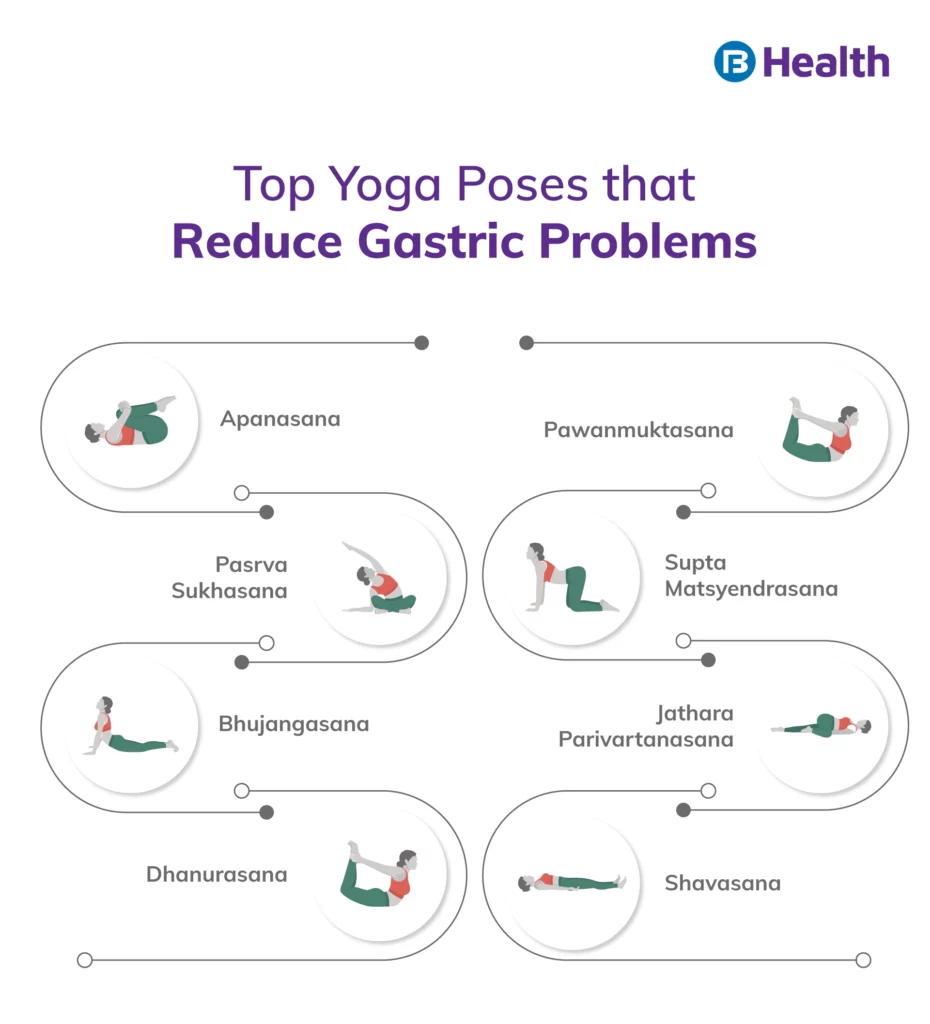
Yoga For Gastric Problems
Apanasana (Knees to chest pose)
It is an easy exercise that can help relax and is beneficial for lower back strain. This yoga for gastric problems also gives a gentle massage to your large intestine to stimulate bowel movements. Follow these steps to try this workout:
- Lie down on your back, keeping your legs straight
- Gradually fold your knees and pull them toward your chest with your arms
- Take four to five deep breaths while holding this position, and then relax
Pawanmuktasana (Wind-relieving pose)
This yoga for gastric problems helps release the gas in your stomach. Here’s how to do it:
- Lie down with your legs stretched and hands on the side
- Bend your knees to an extent where your legs form a 90° angle with your thighs
- Start exhaling and raise your knees further towards your chest
- At the same time, lift your head and push it towards the knees
- Hold the pose for 4-5 seconds; keep your breathing normal during this time
Parsva Sukhasana (Seated side bend pose)
This pose stretches your belly muscles, obliques, shoulders, and lower and upper back. You can try this yoga for gastric problems such as flatulence and bloating. Adhere to the following steps while doing this exercise:
- Sit on the floor, crossing both your legs; let both your hands touch the floor facing outward
- Lift your left hand into the air and bend it gradually towards your right side
- Keep your other hand on the floor
- Take four to five deep breaths, and then switch sides
Supta Matsyendrasana (Supine spinal twist pose)
It is an effective exercise for boosting spinal flexibility and stretching your lower back. It is also believed to relieve bloating and constipation and promote natural digestion. Here are the steps you need to follow to do yoga for gastric problems:
- Lie down in a supine position, which means lying on your back
- Fold both your knees while keeping the soles of your feet grounded. Raise your hips 1-2 inches from the floor and bend them to the right for about 1 inch. Then lower your hip to let it touch the floor
- Keep your left leg straight. Hold your right knee, and pull it toward your chest
- While your left leg is straight, bend your body slightly towards the left and put your right knee over the left. Don’t force your right leg to touch the floor; you can just let it loose over your left leg
- Take 4-5 deep breaths, then change sides and repeat
Bhujangasana (Cobra pose)
As referred to in the name, the Bhujangasana pose looks like a cobra with the upper portion of its body ‘standing up’. With this pose, you can stretch your belly muscles and work on your overall posture. According to the proponents of this yoga, it also promotes digestion and thus is yoga for gastric problems. Here’s a look at how to do it:
- Lie on your belly, keep your feet hip-width apart, and let the palms of your hands fall flat on the floor with elbows bent to support your body
- Stretch your feet to ensure that the tops of your feet touch the floor
- Gradually pull your head and chest upward by pressing your hands on the floor. Straighten your arms slowly with your elbows bent slightly. Extend your sternum
- Make sure that your pelvis remains on the floor
- Take 4-5 deep breaths, then relax
Jathara Parivartanasana (Belly twist pose)
Easy yoga for gastric problems to promote digestion by boosting circulation and aiding gut peristalsis, belly twist can be done with the following steps:
- Lie on your back, keep your legs stretched, and extend your arms outwards
- Lift your legs by bending your knees and bring them towards your chest
- Gradually rotate your hip towards the right side of the floor; let your right let touch the floor
- Keep the upper half of your body straight, and then turn your head to the left side
- Take 4-5 deep breaths, then relax
- Repeat for the other side
Dhanurasana (Bow pose)
In this yoga for gastric problems, your body mimics the shape of a bow. The asana helps stretch the muscles of your back. It is also said to promote digestion and relieve menstrual cramps. You can perform this yoga with the following steps:
- Lie on your belly. Keep your legs extended and stretch your hands so that they are parallel to your legs with pumps up
- Raise your feet by twisting your knees and bringing them towards your buttocks. Then raise your palms and grab your feet by bending the upper portion of your body. Ensure that your head is lifted upward and your pelvis is on the ground
- Take 4-5 deep breaths and release
- In case you face breathing difficulty during the asana, switch to a light stretch or skip this pose
Shavasana (Corpse pose)
Shavasana is ideal to be performed at the end of a yoga session. It helps you to relax through meditation and controlled breathing. Here’s how you can perform this yoga for gastric problems:
- Lie down. Ensure that your legs are straight and your hands are touching the floor to the sides
- Close your eyes and start taking deep breaths. Make sure you are inhaling for a count of four, and then hold your breath and exhale with the same count. To avoid distractions, focus on the movement of your stomach or chest as you breathe in and out
- Let your muscles relax by leveraging gravity
- Do this activity for 5 minutes or a duration of your choice
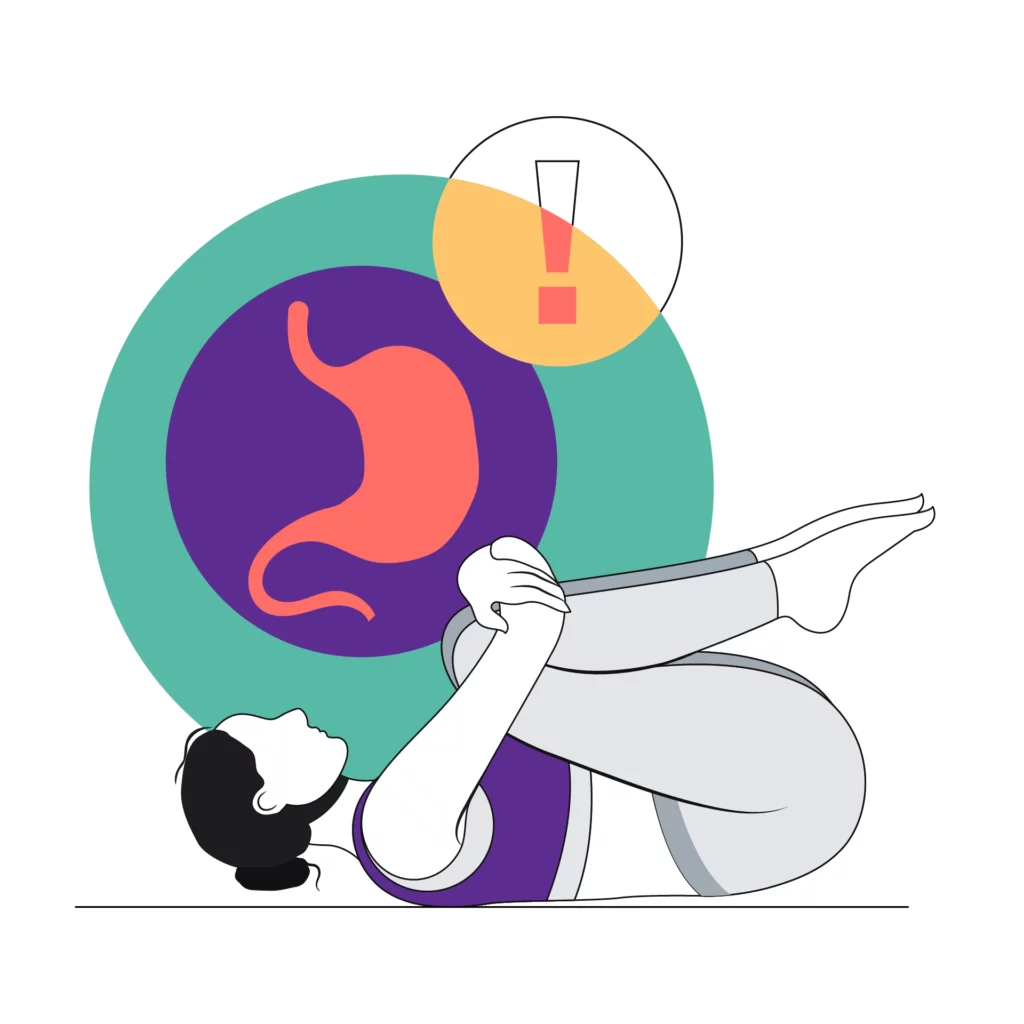
FAQs
Can yoga cure gastritis?
As per research, combining yoga for gastric problems and naturopathy can reduce gastric problem symptoms such as heartburn, belching, stomach ache, bloating and vomiting [1].
Which pose can release gas fast?
Pawanmuktasana is a yoga pose that helps in a quick release of gas stored in the stomach.
Conclusion
Adding all these yoga for gastric problems to your exercise routine can keep all gastric problems and their symptoms at bay. If you have a medical condition, you can consult a doctor on Bajaj Finserv Health to understand which poses would be best for you and which ones you should avoid. Then, create a healthy workout routine supported by a balanced diet to be at the top of your health!
References
- https://www.researchgate.net/publication/346648431_Efficacy_of_Yoga_and_Naturopathy_in_the_management_of_Gastritis
Disclaimer
Please note that this article is solely meant for informational purposes and Bajaj Finserv Health Limited (“BFHL”) does not shoulder any responsibility of the views/advice/information expressed/given by the writer/reviewer/originator. This article should not be considered as a substitute for any medical advice, diagnosis or treatment. Always consult with your trusted physician/qualified healthcare professional to evaluate your medical condition. The above article has been reviewed by a qualified doctor and BFHL is not responsible for any damages for any information or services provided by any third party.
